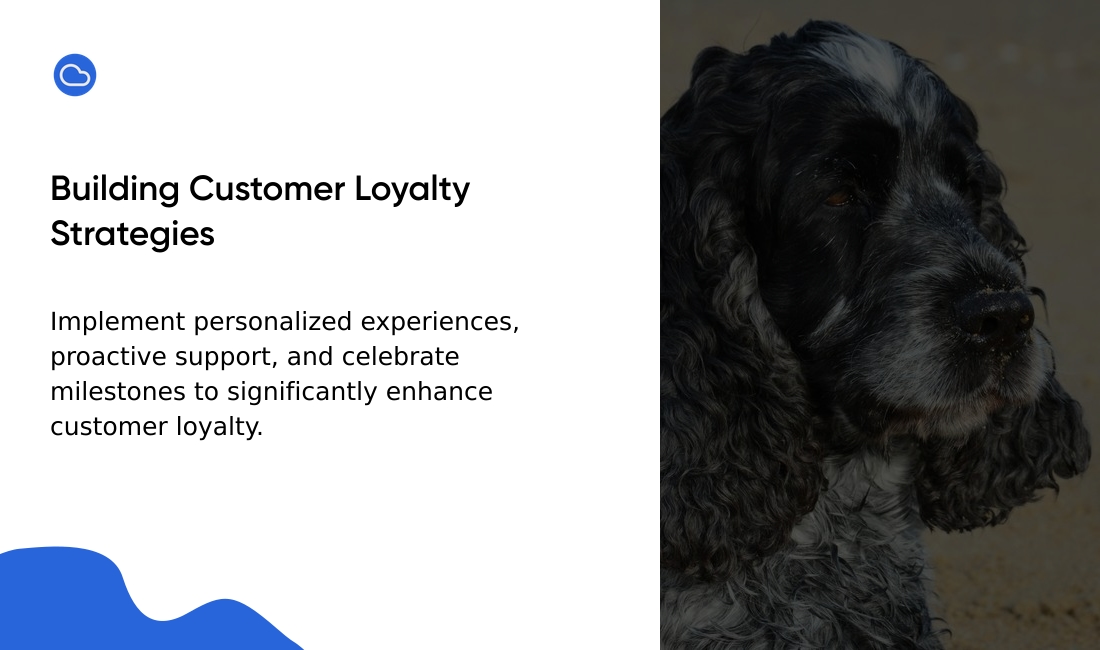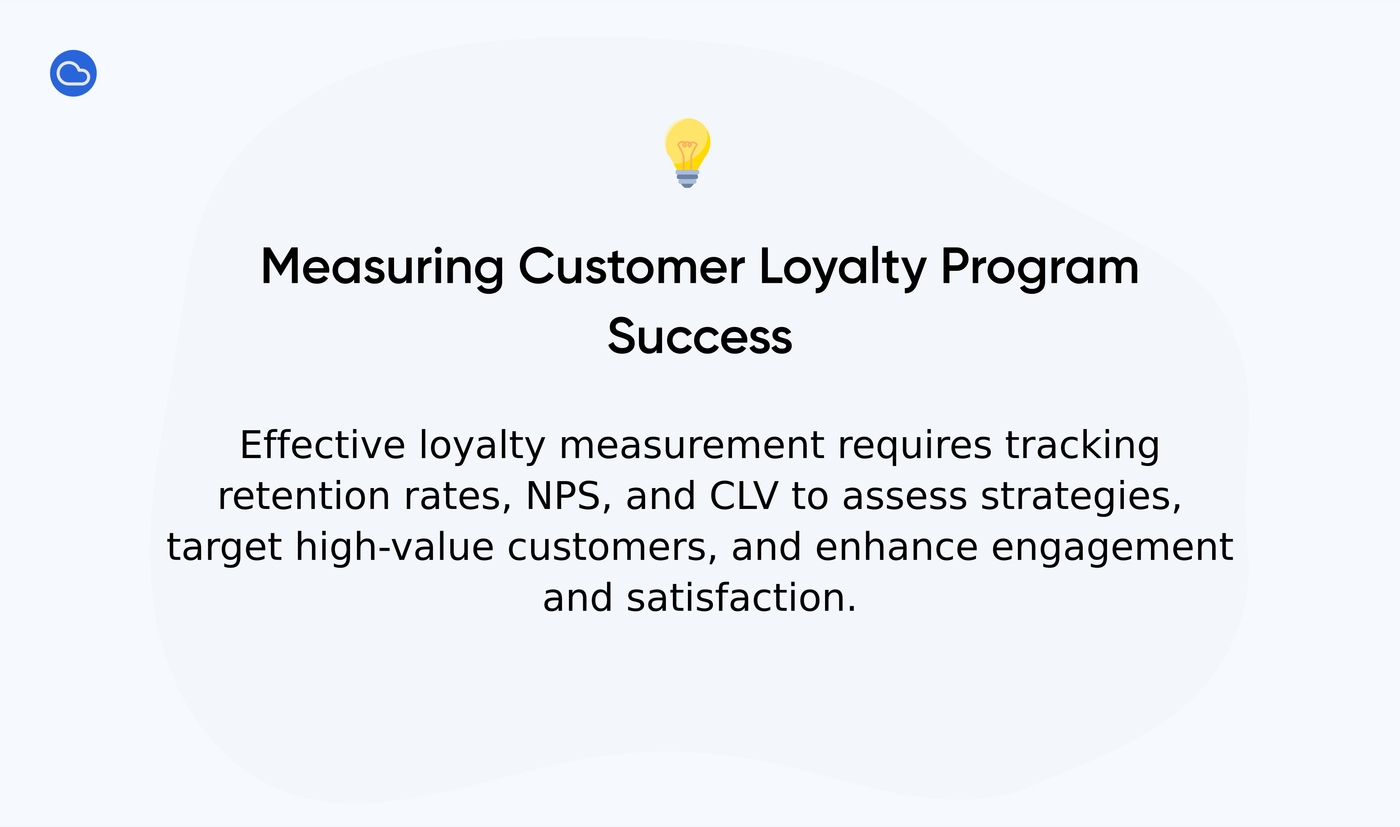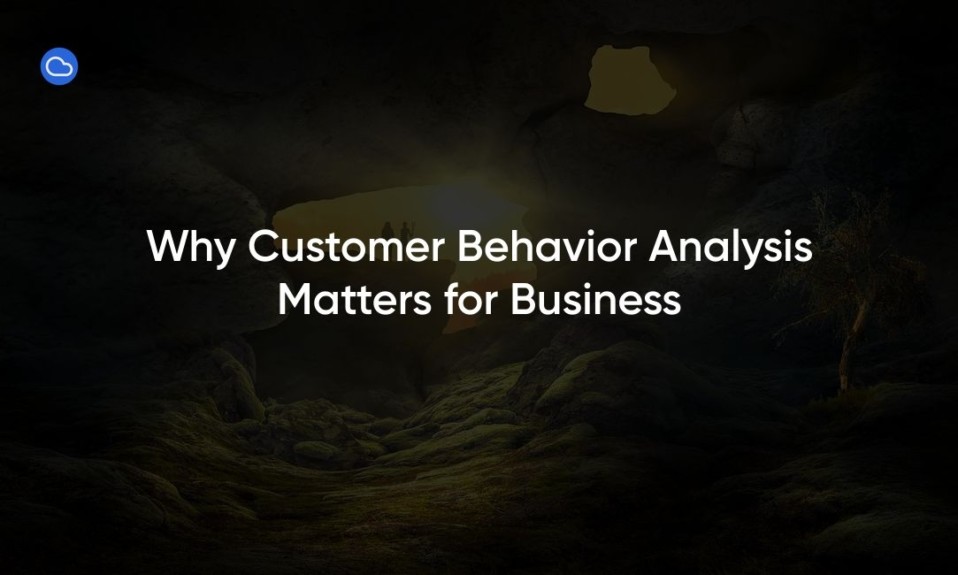Losing customers costs more than you think—and not just in immediate sales.
Customer loyalty isn’t just about repeat purchases—it’s the foundation of sustainable business growth.
With acquisition costs rising and competition intensifying, keeping customers engaged requires more than occasional discounts.
That’s where proven loyalty strategies make the difference.
You’ll discover how to build emotional connections with customers, design effective loyalty programs, and use customer feedback to drive retention.
We’ll also break down key metrics to measure success and share real-world examples of brands that get it right.
What is customer loyalty?
Customer loyalty reflects a deep, emotional connection between you and your customers. This emotional bond drives them to choose your brand consistently over others. When customers remain steadfast to your offerings, they’re likely to make repeat purchases and advocate for your brand, promoting it to friends and family.
Understanding customer loyalty goes beyond just making a sale. It’s about creating experiences that resonate deeply. Happy customers tend to spend more, share positive experiences, and build a community around your brand. A loyal customer often has a longer lifespan, contributing significantly to your bottom line.
Brand loyalty, while similar, differs slightly. Brand loyalty centers on the emotional appeal of your brand identity. Customer loyalty is more about the direct relationships and interactions that encourage recurring business. Loyal customers appreciate your service and product quality. They feel valued and recognized.
Strengthening customer loyalty fosters not just profits, but a vibrant, engaged community. It positions your business for success, ensuring resilience in the face of competition. When customers trust you, they invest in your brand long-term. And let’s face it—who doesn’t want customers that stick around through thick and thin?
Why customer retention matters for business growth
The financial impact of loyal customers
Loyal customers significantly influence your bottom line. Studies reveal they spend up to 67% more than new customers for each transaction. You’ll notice they not only purchase frequently but also select higher-priced items.
Consider this: a 5% increase in customer retention can boost profits anywhere from 25% to 95%. Pretty impressive, right? These numbers highlight how loyal customers are invaluable assets.
They contribute not just to immediate sales but also nurture long-term relationships. Engaging them effectively leads to recurring revenue and stability within your business.
Building robust relationships helps enhance your brand’s reputation. Loyal customers often share their positive experiences, attracting new clientele. Their advocacy creates a ripple effect that strengthens your market presence.
Customer loyalty as a competitive advantage
Building a loyal customer base sets you apart in today’s market. You cultivate brand differentiation when customers choose your services consistently. This loyalty reduces vulnerability to competitors, making it a cornerstone for lasting success.
Think about it. During economic downturns, a strong loyal customer base offers stability. Customers who trust your brand tend to stick around, even in tough times. Have you noticed how certain brands maintain steady sales even when the economy takes a nosedive?
They keep coming back because they value what you provide and feel a connection to your brand. It’s like having friends who stand by you when things get rough.
Surrounding yourself with loyal supporters empowers your business approach. Their commitment translates into sustained revenue. As a result, you can focus on growth instead of always chasing new customers.
The role of customer feedback in retention
Your loyal customers hold valuable insights. They provide feedback for product improvement, service refinement, and spotting emerging market trends. Engaging with these customers creates a two-way street.
Their honest feedback can highlight what works and what needs adjustment. This connection allows for a deeper understanding of your audience’s desires and pain points.
Consider involving customers in the development cycle. Surveys, focus groups, and feedback forms can capture their experiences. Listening to them helps fine-tune offerings and enhances customer satisfaction.
This process not only improves products but also strengthens emotional ties. When customers see their suggestions in action, they feel valued and part of a community. It’s the difference between feeling like “just another customer” and feeling like a valued partner.
|
Feedback Type |
Benefits |
Implementation Method |
|---|---|---|
|
Product Feedback |
Improves features, fixes issues |
Surveys, user testing |
|
Service Feedback |
Enhances customer experience |
Follow-up emails, support ratings |
|
General Satisfaction |
Measures overall loyalty |
NPS surveys, reviews |
7 effective strategies to build customer loyalty
Building strong customer loyalty requires genuine efforts and thoughtful strategies. Here are some actionable approaches that foster loyalty and make customers feel truly appreciated.
-
Personalized Experiences: Use customer data to tailor interactions. Address customers by name in communications and recommend products based on their previous purchases.
-
Proactive Support: Reach out to customers before they even experience issues. Offering assistance before a problem arises builds trust and shows you care.
-
Value-Driven Engagement: Offer exclusive deals or rewards. A simple loyalty program can make customers feel special and encourage repeat purchases. Consider implementing a structure that rewards consistent engagement.
-
Celebrate Milestones: Send personalized messages on anniversaries or birthdays. A small gesture can deepen emotional connections with your brand.
-
Gather and Act on Feedback: Encourage customers to share their thoughts. Use this insight to improve your offerings, showing that you value their opinions.
-
Transparent Communication: Be open about your business practices. Customers appreciate clarity and honesty, which fosters trust.
-
Use Loyalty Technology: Consider using customer loyalty software. This technology can streamline engagement and track customer behavior effectively.
Implementing these strategies can significantly improve customer loyalty. Each interaction builds a relationship that goes beyond transactions, creating loyal customers who advocate for your brand.

How loyalty programs work to drive retention
Loyalty programs can take several forms, creating unique ways to engage and retain customers. Points-based systems stand out as a popular choice. Every time you make a purchase, you earn points.
These points translate into rewards, enticing you to keep coming back. The simplicity of earning rewards helps strengthen your connection with the brand. You feel accomplished each time you redeem points, fostering a sense of loyalty.
Tiered rewards programs offer another approach. Customers receive various perks based on their spending levels. This method encourages you to spend more to unlock higher tiers, leading to increased engagement. Wouldn’t you love reaching that “platinum status” that comes with all those exclusive benefits?
Feeling special as you reach new levels builds a deeper relationship with the brand. It’s that rush of achievement when you finally level up!
Exclusive member benefits play a critical role in loyalty. Members might access special promotions, early product releases, or personalized offers. These benefits enhance your experience while creating a sense of exclusivity that keeps you coming back.
-
Points-based rewards that accumulate with each purchase
-
Tiered membership levels with increasing benefits
-
Exclusive access to new products or services
-
Birthday or anniversary rewards
-
Referral bonuses for bringing in new customers
Engaging directly with customers through personalized communication builds trust and emotional connections. Overall, loyalty programs drive retention by rewarding desired behaviors. They inspire repeat purchases and increase customer engagement.
Improving customer satisfaction for stronger loyalty
Creating seamless omnichannel experiences
Delivering consistent, high-quality interactions across various platforms enhances your customer’s journey. Think about all the touchpoints your customers encounter. From your website to social media and email, each channel must reflect your brand’s values.
Each interaction shapes their perception of you. Integrate your systems to provide smoother transitions. When a customer reaches out via chat, their past interactions should inform your response.
This personal touch fosters trust and engagement. Use consistent messaging, tone, and visuals across channels to reduce confusion. After all, nothing frustrates customers more than feeling like they’re dealing with completely different companies when switching from your app to your website.
Customers appreciate when experiences feel unified. Invest in staff training to ensure everyone understands your brand’s voice. With strong communication, you create an environment where customers feel valued. They tend to come back, driving repeat business.
Personalizing customer interactions
Using customer data the right way transforms communication. Gather insights about preferences and behaviors. Tailor your messages and recommendations to match individual needs.
This approach deepens relationships and makes customers feel understood. It’s like having a friend who remembers your coffee order without asking!
Start with segmentation. Group customers based on their buying habits. This allows for customized marketing strategies. For example, sending targeted emails featuring products they’ve shown interest in boosts engagement.
Utilize customer feedback. Listen to what your audience says about their experiences. Use insights to adjust offers and strategies. This demonstration of understanding enhances customer trust and loyalty.
Implement personalized experiences on your website. Showcase content and products that resonate based on user behavior. A personalized landing page creates a connection, making customers more likely to return.
Anticipating customer needs with AI and analytics
AI and predictive analytics unlock new avenues to understand your customers better. These technologies track behaviors and identify potential churn signals, offering insights into when customers might disengage.
Think about it: if you can spot warning signs early, you can take action before it’s too late. For instance, if a customer hasn’t interacted with your brand in weeks, analytics can highlight this trend.
A personalized outreach might just reignite their interest. This approach not only helps retain your customers but also enhances their overall experience, making them feel valued. Have you ever received a “we miss you” email with a special offer that made you feel remembered?
Using data-driven insights empowers your team to stay ahead. Anticipating needs fosters stronger relationships and creates a lasting impact on customer loyalty. By prioritizing proactive interventions, you keep customers engaged and connected to your brand.
Building emotional connections with customers
Creating emotional connections strengthens customer relationships. Focus on memorable moments that leave a mark. Celebrate milestones like birthdays, anniversaries, or purchase anniversaries to show you care.
Consider sending a personalized note or a small gift. These gestures go a long way. They help customers feel valued and appreciated. Present your brand as one that understands their journey, not just as a service provider.
Develop brand affinity by sharing stories. Highlight customer experiences that resonate with your audience. Encourage customers to share their own stories. This fosters a sense of community and belonging.
Demonstrating genuine interest builds loyalty that transcends simple transactions. Make use of feedback. Ask for insights and act on them. This shows you value their opinions. It makes customers feel heard, enhancing the emotional connection.
Measuring the success of your customer loyalty efforts
Understanding the effectiveness of your customer loyalty program goes beyond simply counting participants. You need to dive into key metrics that reveal how well your strategies work.
Start with retention rates. This tells you the percentage of repeat customers over a set period. If retention increases, your efforts to keep customers are paying off.
Tracking your Net Promoter Score (NPS) provides another layer of insight. A high NPS indicates that customers are likely to recommend your brand. This aspect often correlates with strong loyalty.
Customer Lifetime Value (CLV) calculations help assess long-term profitability. CLV represents the total revenue you can expect from a customer throughout their relationship with your brand. Knowing this figure guides investment in your loyalty initiatives.
Aim for ways to target high-value customers while also nurturing newer relationships. Many brands share success stories related to their loyalty programs. Look into customer retention strategies that have boosted engagement and satisfaction. A focused approach toward measuring these indicators reveals the true impact of your efforts.

Examples of successful customer loyalty programs
Brands that embrace innovative loyalty strategies often enjoy impressive results. Let’s look at a few that truly stand out.
Starbucks Rewards
Starbucks encourages customer engagement with its app-based rewards program. Customers earn stars for each purchase, leading to free drinks and exclusive offers.
Over 19 million active members enjoy a heightened experience, driving a 22% increase in revenue. This program emphasizes the power of personalization and value. The beauty of it? It’s simple to use but creates that “just one more star” motivation that keeps customers coming back.
Nordstrom’s Customer Loyalty
Nordstrom excels in creating meaningful connections. Their loyalty program offers rewards based on spending, exclusive access to events, and personalized services.
This strategy fosters deep emotional ties, with loyal customers spending up to five times more than occasional shoppers. The focus here is on high-touch service and unique customer experiences. They’ve mastered the art of making customers feel like VIPs.
Sephora’s Beauty Insider
Sephora’s program segments members into tiers based on their spending. Each tier unlocks enhanced benefits, from birthday gifts to exclusive product launches.
Engagement skyrockets as members feel recognized and valued. Nearly 90% of sales come from loyalty members, proving the effectiveness of targeted rewards and community building. Wouldn’t you be motivated to reach that next tier if it meant access to limited-edition products?
These examples show the importance of creating programs that resonate with your audience. Focus on personalization, engagement, and clear rewards. Consider what drives your customers. Applying these insights can transform your approach to customer loyalty.





